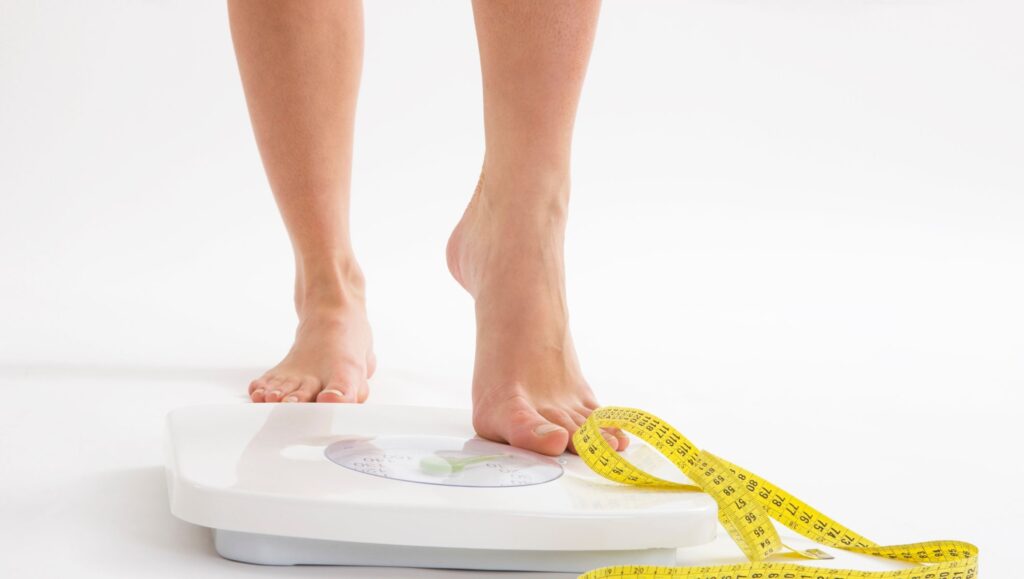Clinical Trials for FDA Approval
In the prescription information for Qsymia, the brand name version for extended-release phentermine and topiramate, the FDA discusses two year-long clinical trials that included about 2,300 people total.
Both studies combined phentermine and topiramate with a well-balanced, reduced-calorie diet. Participants were also offered nutritional and lifestyle counseling.
One trial enrolled people with obesity and excluded those who also had type 2 diabetes. The second study included people who were overweight and those with obesity as well as people with type 2 diabetes and other metabolic conditions, such as high blood pressure.
Only 7 percent of participants overall were 65 to 69 years old. No one over 70 participated, so it’s not known whether older people might get the same results from this drug.
In study 1, the average weight loss at one year was about:
- 2.1 percent of baseline body weight in the placebo group
- 6.7 percent of baseline body weight in the lower-dose group (3.75 milligrams [mg] phentermine/23 mg topiramate)
- 14.4 percent of baseline body weight in the higher-dose group (15 mg phentermine/92 mg topiramate)
In study 2, the average weight loss at one year was about:
- 1.2 percent of baseline body weight in the placebo group
- 7.8 percent in the lower-dose group (7.5 mg phentermine/46 mg topiramate)
- 9.8 percent of baseline body weight in the higher-dose group (15 mg phentermine/92 mg topiramate)
At one year, a greater proportion of participants in both trials lost 5 to 10 percent of their body weight compared with those in the placebo groups.
In study 1, a significant proportion of participants lost 5 percent or more of their body weight: 45 percent in the lower-dose group and 67 percent in the higher-dose group.
Among study 2 participants, an even higher percentage of participants lost 5 percent or more of their body weight. This study administered a higher dose to their lower-dose group than in study 1, which increased the number of people able to lose at least 5 percent of their body weight.
In study 2, 62 percent in the lower-dose group and 70 percent in the higher-dose group lost 5 percent or more of their body weight. In the placebo groups, 17 and 21 percent lost at least 5 percent of their body weight in study 1 and study 2, respectively.
In study 1, a smaller proportion of participants lost 10 percent or more of their body weight: 19 percent in the lower-dose group and 47 percent in the higher-dose group.
Among study 2 participants, an even higher percentage of participants lost 10 percent or more of their body weight: 37 percent in the lower-dose group and 48 percent in the higher-dose group.
In the placebo groups, 7 percent lost at least 10 percent of their body weight in both study 1 and study 2.
Forty percent of the participants in study 1 and 31 percent of participants in study 2 dropped out before the studies’ completion, however. And because of how these trials presented their data, it’s not possible to determine how much the average monthly weight loss was.
According to Cleveland Clinic, you should aim to lose 1 to 2 pounds per week. Taking drastic steps to lose more than that is typically a bad idea because it is not sustainable and makes it more likely you’ll regain any lost weight.

